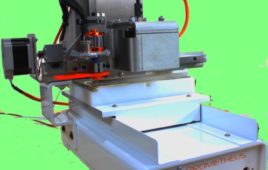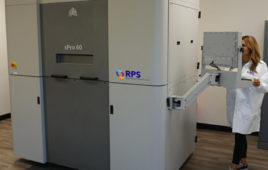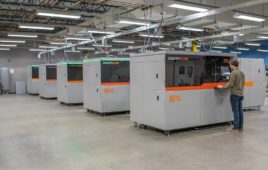In my years of work with product design at HSI Sensing I have been involved with many projects that went very smoothly and also several that did not. Is there a key characteristic that largely determines on which side of that fence a new project will land? I believe that there is.
In the broadest possible terms the phase at which we enter the project has the biggest impact on the effectiveness of the solution we can provide. Ideally we want to be part of the design discussion from the very beginning. We want to help with establishing the electrical circuit and also with the physical constraints. Choices about component layout and material type greatly affect the outcome for magnetically-based switching and/or sensing solutions.
I do understand that many of the projects that reach my desk are retrofit applications. Someone (who usually does not work at the company anymore) used a different solution originally, and now, for whatever reason, need us to keep the same geometry but use a reed switch. Most of the time we can still provide a solution in these difficult situations, but that is an article for another day.
Today I am talking about the design projects that are basically starting from a blank page. The customer knows what they want the end result to do, but still they don’t call us right away. I can only surmise that they oversimplify the reed switch. A reed switch is just a piece of glass with some magnetically sensitive blades right? How hard can that be? They will go shopping online to find the smallest switch available without checking the electrical ratings for that switch. They end up allowing room for a small switch but need the load capabilities of one five or ten times the size.
I have seen occasions where customers allowed space for a switch and a magnet but didn’t understand the relationship between the two, so they designed the magnet to deliver magnetism to the switch in an inefficient way. By the time they are able to test and realize it doesn’t work as they planned, other things have been put into place that prevent moving the magnet and/or switch to make it work correctly.
There have been times when the designer did a great job picking the correct switch and providing a good working relationship between it and the actuating magnet. They also put a battery or capacitor next to either the magnet or switch, not realizing that the ferrous material in the battery (or the capacitor) will change the flow of magnetism between the magnet and switch. To make things work properly the components had to move. In one case they could not move, so we had to design a metal sleeve that would prevent the magnetism from flowing to the battery.
As I mentioned most of the time we can offer a solution regardless of what is already fixed when we enter the project. While these might be more fun from a problem-solving perspective, they do end up being more difficult and usually more expensive. For the reed switch or the proximity sensors using the reed switch to truly be simple devices, please get our team of experts involved as early in the process as possible. True design wisdom is to learn by observation the lessons others learn by experience.
This blog originally appeared on www.hsisensing.com.
Filed Under: Rapid prototyping




